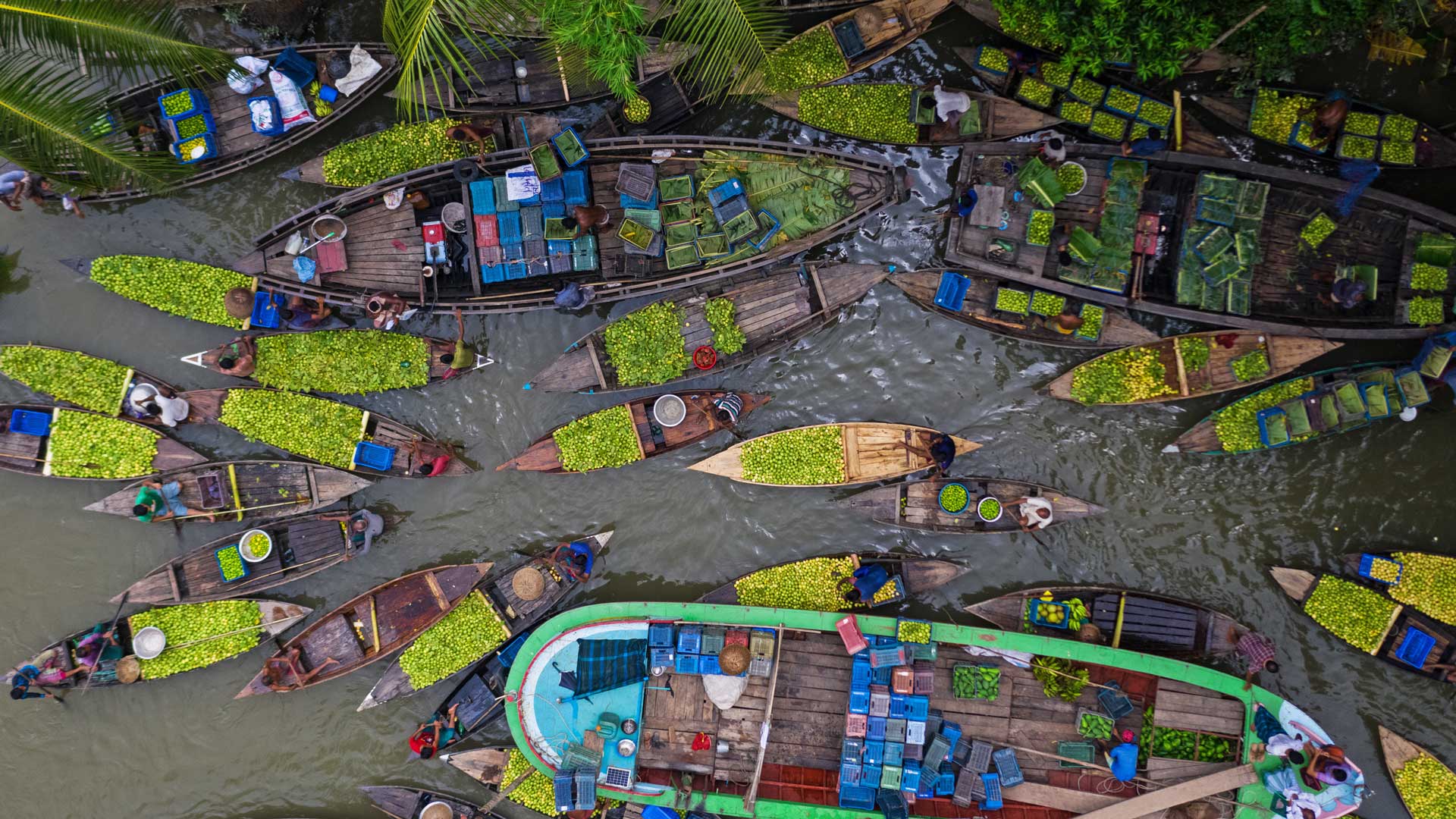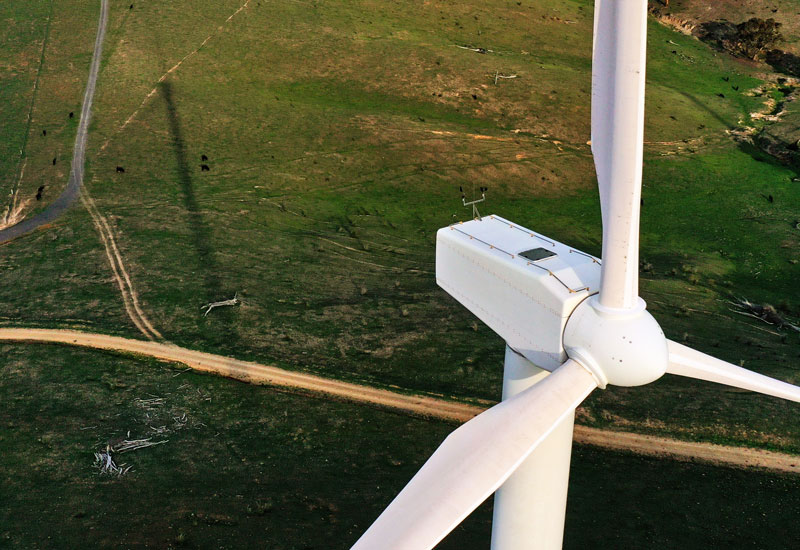Get the right experience for you. Please select your location and investor type.
IMPORTANT NEWS: Transition of investment management responsibilities
First Sentier Group, the global asset management organisation, has announced a strategic transition of Stewart Investors' investment management responsibilities to its affiliate investment team, FSSA Investment Managers, effective Friday, 14 November close of business EST.

Introducing Portfolio Explorer
Portfolio Explorer tells the stories of the companies we invest in. The company profiles have been written by our own team so that you can see why they believe that the companies they invest in are making the world a better place.
Porfolio ExplorerHow companies are contributing to sustainable development
Sustainable development is the achievement of high levels of human development within global ecological limits. As investors, we focus on understanding the contributions individual companies make to sustainable development from the bottom-up. To do this well, we believe that qualitative assessments are as important as quantitative measures.
It is for this reason that we have developed our Portfolio Explorer tool to tell the stories of the companies we invest in across our regional and global strategies. These stories have been written by our own team so that our clients and other stakeholders can see why we believe that the companies we invest in are making the world a better place.
Four views of sustainable development
We have provided four views of our strategies.
Map: Use this global view to find detailed company information including our investment rationales, risks and areas to improve.
Sustainable Development Goals (SDGs): The 17 SDGs are globally agreed goals that countries have committed to achieving by 2030. The SDGs offer a vision for the future towards which sustainable investment efforts can be directed.
Climate solutions: We map companies to Project Drawdown’s c.90 climate change solutions.* Project Drawdown is a non-profit organisation that has modelled over 90 different climate solutions that it believes will contribute to reaching ‘drawdown’ – i.e. the future point in time when levels of greenhouse gases in the atmosphere stop climbing and start to steadily decline. The solutions are diverse and cross-cutting, and show the systemic change needed to avoid catastrophic warming.
Human development pillars: We have developed our own human development pillars, by reference to, amongst other things, the UN Human Development Index that we believe encapsulate the essence of human development.
Questions about Portfolio Explorer
What is different about this tool?
1. There are no magic numbers or easy answers, just stories of high-quality companies that are well positioned to contribute to and benefit from sustainable development.
We launched our Asia Pacific sustainable development strategy in 2005. When investing in Asia Pacific and emerging markets it is clear that sustainable development is not just about a single issue like climate change, gender equity or poverty alleviation - it is about all of them because they are all interconnected.
This holistic view of sustainable development means that companies can contribute in many different ways to a better future for people and planet. To reflect this, the tool avoids attributing scores to the companies we invest in and also avoids a focus on a handful of standardised indicators, which are more often about operational efficiency than company impact. Instead, the tool allows viewers to explore the stories of individual companies organised by the diverse contributions they make.
2. Written by our investment team, not third party researchers or external marketers
The company stories are backed by evidence and collected by our team using their years of experience in sustainable investing. We do not rely on third-party researchers to tell us what is sustainable. Instead, we do our own analysis and rigorously test it through company meetings, team discussions and specially commissioned research. We then relate each contribution back to credible frameworks like Project Drawdown to test our assumptions.
3. Shows the world the same way we see it, focused on individual companies bottom-up, long term and on real solutions to difficult problems
We do not claim to have all the answers to the many difficult sustainable development challenges the world faces, nor do we believe that we need to. We believe that investing in high-quality companies run by people with integrity and a long-term view is the best way to invest money, enabling organisations to positively touch the lives of people around the world and driving the solutions to environmental challenges. These attributes are also the ones we believe will deliver good investment returns for clients. The tool groups companies around solutions, but ultimately is designed to allow users to explore companies in the way that best suits them.
4. Provides a balanced view of the companies we invest in
We know that no company is perfect (just like investors!). We encourage our companies to improve in ways that will increase their sustainable development contribution and make them a better investment over the long term. The tool provides a balanced view for the companies we invest in, highlighting the positive contributions, but also the risks and areas for future engagement.
How do we assess whether a company is contributing to sustainable development?
Our investment strategy seeks to invest in companies which both contribute to, and benefit from, sustainable development, achieving positive social and environmental outcomes. All investee companies contribute to improving human development, while many also contribute to positive environmental outcomes.
We assess positive social outcomes by reference to the human development pillars which we developed by reference to, amongst other things, the UN Human Development Index and believe encapsulate the essence of human development.
We assess positive environmental outcomes by reference to the climate solutions developed by Project Drawdown*, a non-profit organisation that has mapped, measured and modelled over 90 different solutions that they believe will contribute to reaching ‘drawdown’ - i.e. the future point in time when levels of greenhouse gases in the atmosphere stop climbing and start to steadily decline.
We assess whether a company contributes to, and benefits from, sustainable development by considering whether:
- there is either a direct or enabling** link between the activities of the company and the achievement of a positive social or environmental outcome;
- the company can benefit from any contribution to positive social or environmental outcomes through revenue or growth drivers inherent in the company’s business model, strategic initiatives that are backed by research and development or capital expenditure, or from the company’s strong culture e.g. for equity and diversity; and
- the company recognises potential negative social or environmental outcomes associated with its product or services and works towards minimising such outcomes, e.g. a company that sells affordable nutritious food products in plastic packaging, but is investigating alternative packaging options.
Our Portfolio Explorer focuses on Human Development Pillars and Project Drawdown’s climate solutions and provides information about each company’s contribution.
* Any reference to Project Drawdown is to describe the publicly available materials utilised by Stewart Investors in formulating its sustainability analysis. It is not intended to be, and should not be, read as constituting or implying that Project Drawdown has reviewed or otherwise endorsed the Stewart Investors sustainability assessment framework.
**A direct link would arise where the goods an entity produces or the services it provides are the primary means through which the positive social or environmental outcome can be achieved (e.g. solar panel manufacturers or installers).
An enabling link would arise if the goods a company produces or services it provides enable other companies to contribute towards the achievement of the positive social or environmental outcome (e.g. manufacturers of critical components that are used as inputs in the manufacture of solar panels).




